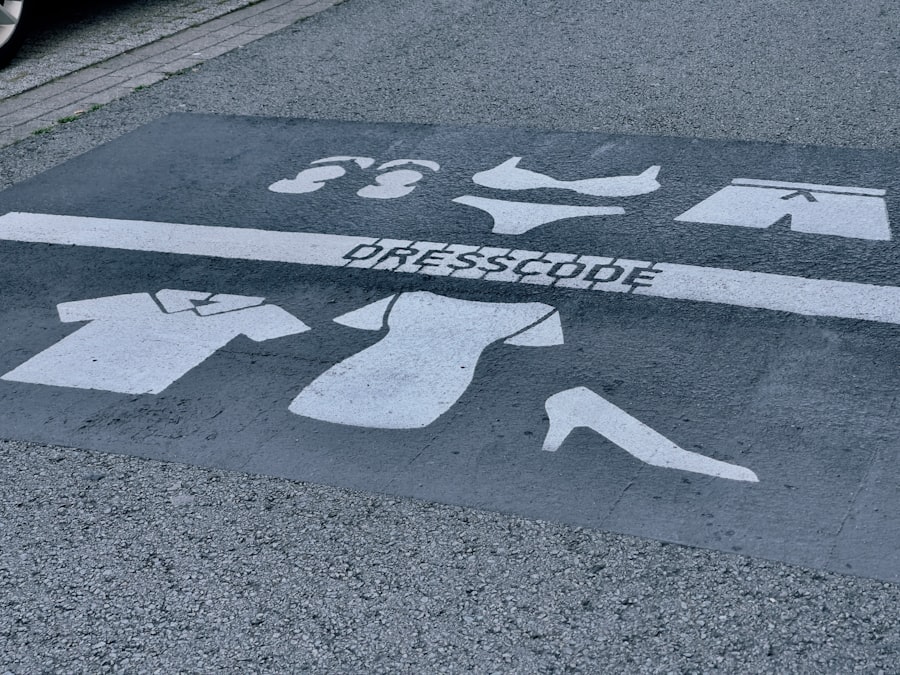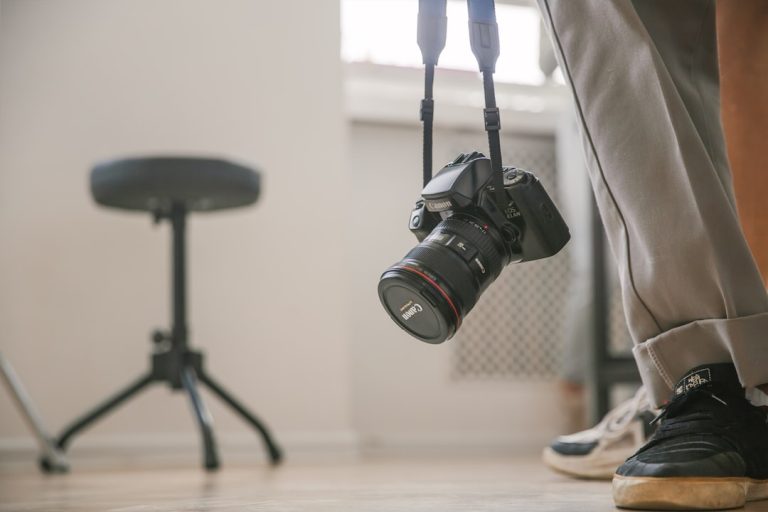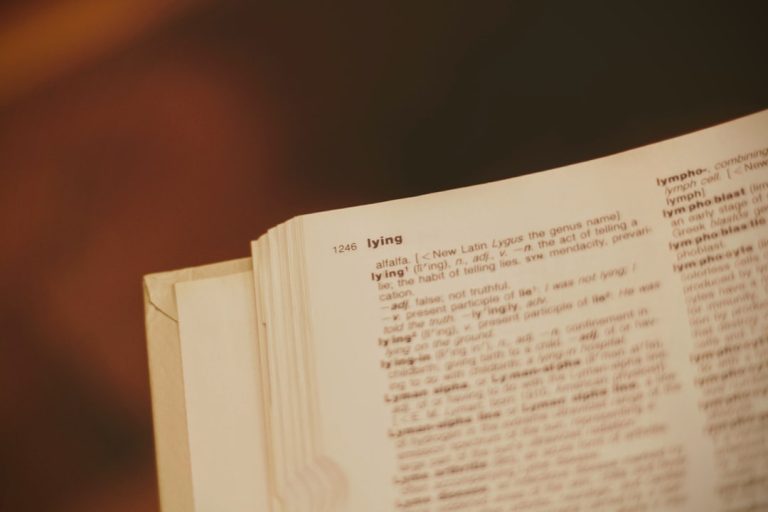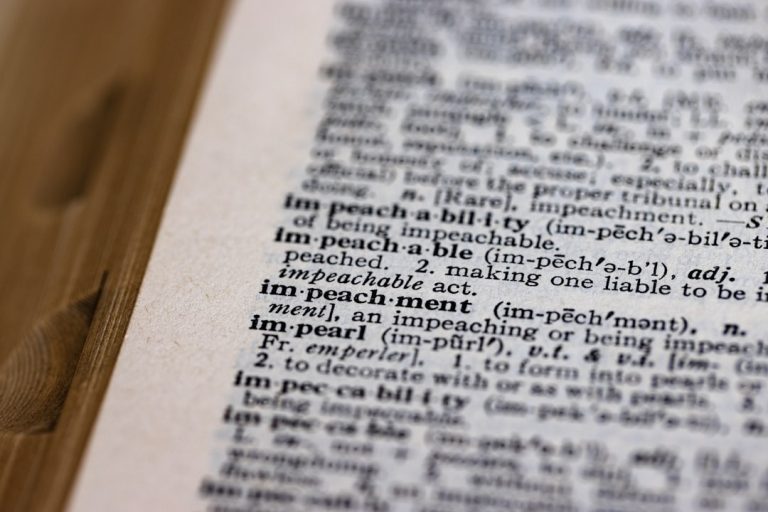
The English language is rich and nuanced, particularly when it comes to the use of relative pronouns. Among these, “who,” “that,” and “which” play pivotal roles in connecting clauses and providing clarity in communication. Each of these pronouns serves a distinct purpose, allowing speakers and writers to convey specific meanings and relationships between ideas.
The distinctions between “who,” “that,” and “which” can sometimes be subtle, yet they are crucial for maintaining grammatical accuracy and enhancing the clarity of sentences. While “who” is primarily used to refer to people, “that” and “which” are often employed to refer to objects or concepts.
However, the choice between “that” and “which” can be particularly tricky, as it hinges on whether the information being conveyed is essential or non-essential to the meaning of the sentence. This article delves into these relative pronouns, exploring their specific uses, common pitfalls, and tips for mastering their application.
Key Takeaways
- “Who,” “that,” and “which” are all relative pronouns used to introduce dependent clauses in a sentence.
- “Who” is used to refer to people and is the only relative pronoun that can be used for both subjects and objects in a sentence.
- “That” is used to introduce essential information in a sentence and is not used to refer to people.
- “Which” is used to introduce non-essential information in a sentence and is not used to refer to people.
- Common mistakes and confusions often arise when determining whether to use “that” or “which” in a sentence, especially when it comes to essential and non-essential information.
Understanding the Difference
To grasp the nuances of “who,” “that,” and “which,” it is essential to recognize their grammatical roles and the contexts in which they are appropriately used.
It serves as a subject or object in a sentence, linking additional information about a person or people to the main clause.
In contrast, “that” and “which” are used to introduce relative clauses that provide more information about nouns, but they differ in terms of the type of information they convey. The distinction between “that” and “which” is often a source of confusion for many English speakers. The key difference lies in the nature of the information being provided.
“That” is used for restrictive clauses—those that are essential to the meaning of the sentence—while “which” is reserved for non-restrictive clauses that add extra information but are not critical for understanding the main point. This differentiation is not merely academic; it has practical implications for clarity and precision in writing.
Using “Who” for People

The pronoun “who” is exclusively reserved for referring to people. It can function as both an subject and an object within a sentence. For instance, consider the sentence: “The teacher who inspired me is retiring.” Here, “who” introduces a relative clause that provides essential information about “the teacher.” Without this clause, the listener or reader would not know which teacher is being referred to. In this case, the use of “who” is not only grammatically correct but also necessary for clarity.
Another example can be found in the sentence: “She is the author who wrote the bestselling novel.” In this instance, “who” connects the subject “the author” with additional information about her identity. The clause “who wrote the bestselling novel” specifies which author is being discussed. This use of “who” emphasizes the human element in the sentence, highlighting the individual’s role and contributions rather than merely identifying an object or concept.
Using “That” for Essential Information
| Category | Metrics |
|---|---|
| Usage of “That” | Essential Information |
| Frequency | High |
| Effectiveness | Enhances clarity |
| Examples | “I know that you are coming.” |
The pronoun “that” serves a critical function in English grammar by introducing restrictive clauses that provide essential information about a noun. These clauses are integral to the meaning of the sentence; without them, the sentence would lose its intended significance. For example, consider the sentence: “The book that I borrowed from you was fascinating.” Here, the clause “that I borrowed from you” specifies which book is being discussed.
If we were to remove this clause, the statement would become vague: “The book was fascinating,” leaving readers uncertain about which book is being referenced. In another instance, one might say: “The car that broke down on the highway was brand new.” The clause “that broke down on the highway” is crucial for understanding which car is being referred to. It eliminates ambiguity by providing necessary context.
The use of “that” in such sentences underscores its role in conveying essential information that shapes the overall meaning of the statement.
Using “Which” for Non-Essential Information
In contrast to “that,” the pronoun “which” introduces non-restrictive clauses that provide additional information but are not essential to understanding the main point of a sentence. These clauses are typically set off by commas, indicating that they can be omitted without altering the fundamental meaning of the sentence. For example, consider the sentence: “The Eiffel Tower, which was completed in 1889, is a famous landmark.” The clause “which was completed in 1889” adds interesting context but is not necessary for identifying what the Eiffel Tower is; it remains clear even without this detail.
Another example can be seen in: “My laptop, which I bought last year, has been acting up.” The phrase “which I bought last year” provides extra information about the laptop but does not change the core message that the laptop has been malfunctioning. The use of “which” here allows for a more elaborate description while maintaining clarity and coherence in communication.
Common Mistakes and Confusions

Despite their distinct functions, many speakers and writers often confuse “that” and “which,” leading to grammatical errors that can obscure meaning. One common mistake occurs when a writer uses “which” in a restrictive clause instead of using “that.” For instance, saying, “The book which I read last week was thrilling” incorrectly implies that there may be multiple books being discussed when only one is intended. The correct phrasing would be “The book that I read last week was thrilling,” clearly indicating that this specific book is being referenced.
Another frequent error involves omitting necessary commas when using “which.” Since non-restrictive clauses should always be set off by commas, failing to do so can lead to confusion. For example, “The car which I bought last year is red” should be punctuated as “The car, which I bought last year, is red.” Without commas, readers may mistakenly interpret it as a restrictive clause, altering their understanding of which car is being discussed.
Tips for Proper Usage
To navigate the complexities of using “who,” “that,” and “which” effectively, several practical tips can be employed. First and foremost, always consider whether the information you are providing is essential or non-essential. If it’s crucial for identifying the noun in question, opt for “that.” Conversely, if it merely adds extra detail without changing the fundamental meaning of your sentence, “which” is appropriate.
Additionally, remember that “who” should always be used when referring to people. This straightforward rule can help eliminate confusion when constructing sentences involving individuals or groups. Furthermore, when using “which,” ensure that you include commas around non-restrictive clauses to clarify their role in your writing.
Lastly, reading your sentences aloud can help identify any awkward phrasing or potential confusion regarding relative pronouns. Hearing how your sentences flow can provide insight into whether you’ve chosen the correct pronoun based on context.
Conclusion and Recap
Understanding how to use “who,” “that,” and “which” correctly is vital for clear and effective communication in English. Each pronoun serves a unique purpose: “who” refers specifically to people; “that” introduces essential information through restrictive clauses; and “which” provides additional context through non-restrictive clauses. By recognizing these distinctions and applying them thoughtfully in writing and speech, individuals can enhance their grammatical accuracy and ensure their messages are conveyed with precision.
As language continues to evolve, mastering these relative pronouns remains an important skill for anyone looking to communicate effectively. By avoiding common mistakes and employing practical tips for usage, speakers and writers can navigate these nuances with confidence, ultimately enriching their command of the English language.
If you are interested in improving your writing skills beyond just grammar, you may want to check out this article on how to write better sentences. This article provides valuable tips and techniques for crafting clear and engaging sentences that will help you communicate effectively in American English.
FAQs
What is the difference between “who,” “that,” and “which” in American English grammar?
In American English grammar, “who” is used to refer to people, “that” is used to refer to both people and things, and “which” is used to refer to things.
When should I use “who” in a sentence?
You should use “who” when referring to a person or people in a sentence. For example, “The woman who lives next door is a doctor.”
When should I use “that” in a sentence?
You should use “that” when referring to both people and things in a sentence. For example, “The book that I borrowed from the library was very interesting.”
When should I use “which” in a sentence?
You should use “which” when referring to things in a sentence. For example, “The car, which is red, belongs to my friend.”
Can “that” and “which” be used interchangeably in American English grammar?
In American English grammar, “that” and “which” are not always interchangeable. “That” is used for essential clauses, while “which” is used for non-essential clauses. For example, “The car that is parked in the driveway is mine” (essential clause) and “The car, which is parked in the driveway, is mine” (non-essential clause).






